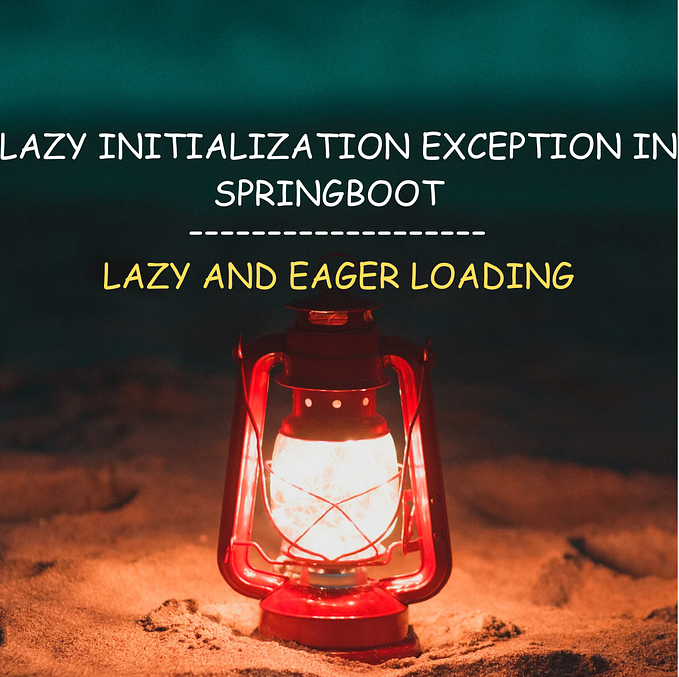Member-only story
Mastering Connection Pooling in Spring Boot: A Comprehensive Guide

Introduction:
Connection pooling remains a cornerstone of efficient database management in Spring Boot applications. In this extensive guide, we aim to take a deep dive into the nuances of connection pooling, dissecting each component to offer a comprehensive understanding. Prepare yourself for an in-depth exploration, complemented by concise yet insightful code examples in Java.
What is Connection Pooling?
At its essence, connection pooling is a mechanism meticulously designed to manage and reuse database connections, optimizing the performance of applications that interact with databases. Let’s peel back the layers of this definition:
Database Connections:
A database connection serves as the conduit between a Java application and a database server. The process of establishing and tearing down connections can be resource-intensive, making efficient management paramount for application performance.
Pooling:
Connection pooling entails creating a reservoir of pre-established database connections that can be reused. This significantly mitigates the overhead of establishing new connections for each database operation, enhancing application efficiency.






